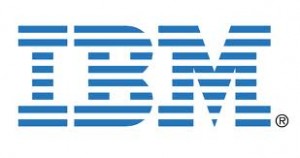May 7, 1997: Intel Pentium II Introducing the Slot 1 Processor
Subscribe! Spotify | RSS | More
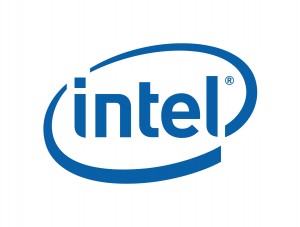
1997 – Intel changes the processor game a bit with the Pentium II processor. Starting at speed of 200 MHz / 66 MHz bus, the proc had a new design. What was called “Slot 1” processor, Intel got away from the pin architecture to a card slot. You would insert the PII to the slot just like you would memory, an ISA or PCI card.
What was Code-named Klamath, the processor incorporated 7.5 million transistors using 0.35 micron process technology, contained a 512kB Level-2 external cache, performs at 613 MIPS (300 MHz), and is able to address 64GB of memory. MMX instruction was included on the processor. Prices started at $636 for 233 MHz, $775 for 266 MHz and US$1981 for 300 MHz).
Full Day in Tech History podcast show notes for May 7 In Wisconsin, friends are called "Sconnies". Even if you're not from Wisconsin, you can be part of the Sconnie Geek Nation through my coverage! By pledging, you join the Geek Sconnie Nation! Plus, you help me cover costs so I can continue the coverage of Gadget tech, music tech, and geek culture through the shows.
Subscribe to Day In Tech History:
RSS Feed - iTunes - Google Play - Spotify
Twitter - Facebook- RSS Bandwidth by Cachefly Get a 14 Day Trial
Be a Part of the Sconnie Geek Nation!
- The Millionaire Calculating Machine
- Telstar II Satellite is launched
- Microsoft lays off 3,000
- Syria cuts off Internet and phones for 24 hours
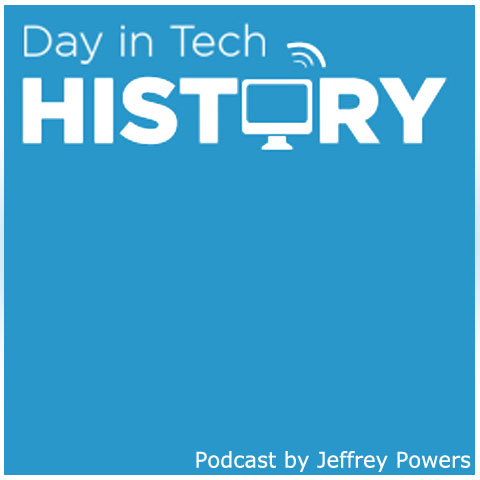
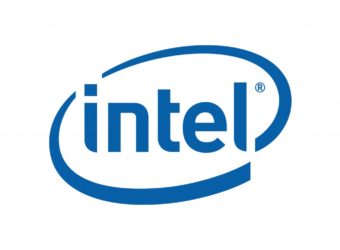

![g3[1] iMac G3](https://dayintechhistory.com/wp-content/uploads/2013/05/g31-340x250.jpg)
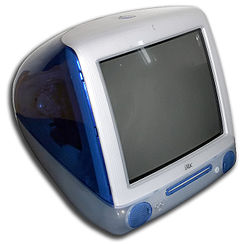
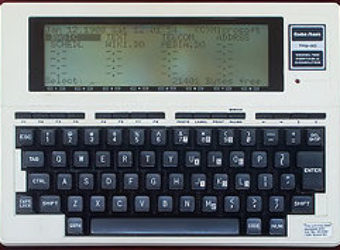
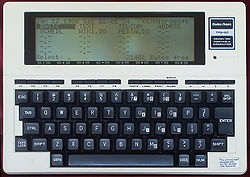

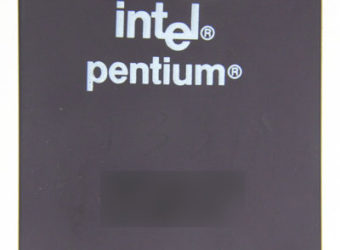
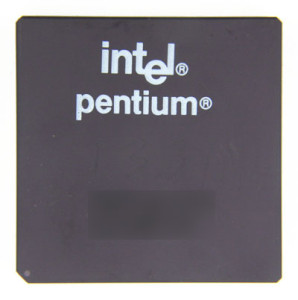
![IBM[1] IBM](https://dayintechhistory.com/wp-content/uploads/2012/09/IBM1-340x250.jpg)
